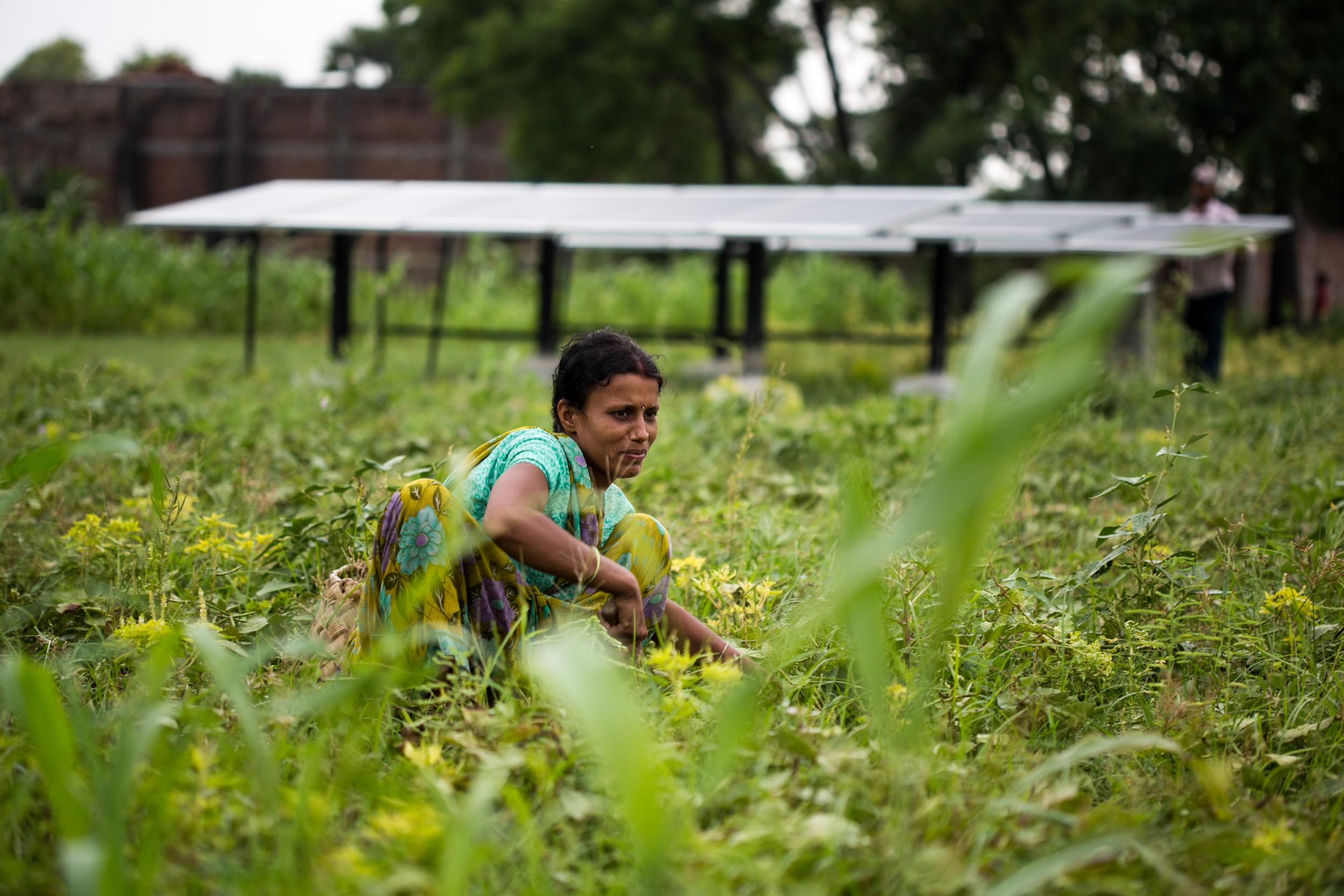
Dharnai, a small village in the eastern Indian state of Bihar, did not have power for more than 30 years. In July 2014, Dharnai declared itself energy-independent with the launch of Greenpeace’s solar-powered micro-grid. The 100 kilowatt micro-grid currently provides 24×7 electricity to more than 2,400 residents. It takes care of 60 street lights, energy requirements of two schools, one health centre, one Farmer Training Centre and 50 commercial establishments. Besides this, 10 solar irrigation pumps also run on the micro-grid.
The micro-grid is operated in association with BASIX, a livelihood promotion institution as well as CEED, which is a network of NGOs and think-tank organisations in Bihar to support renewable energy development in the state.
The last time Dharnai got electricity was at the height of Maoist violence in 1981. The power supply to the village got snapped after a transformer installed in the village was burnt. The cables were also subsequently stolen away. Since then, its residents lived in perennial darkness. For over 30 years, high-tension electric wires passed by the village without lighting up a single home inside it. With the efforts of Greenpeace India, Dharnai became India’s first fully solar-powered village.
Watch the video below to know the beautiful and inspiring story of how the village of Dharnai built their own solar micro-grid and transformed their lives.
This Article (Dharnai, Which Last Got Electricity In 1981, Becomes India’s First Fully Solar-Powered Village) is free and open source. You have permission to republish this article under a Creative Commons license with attribution to the author and AnonHQ.com.





